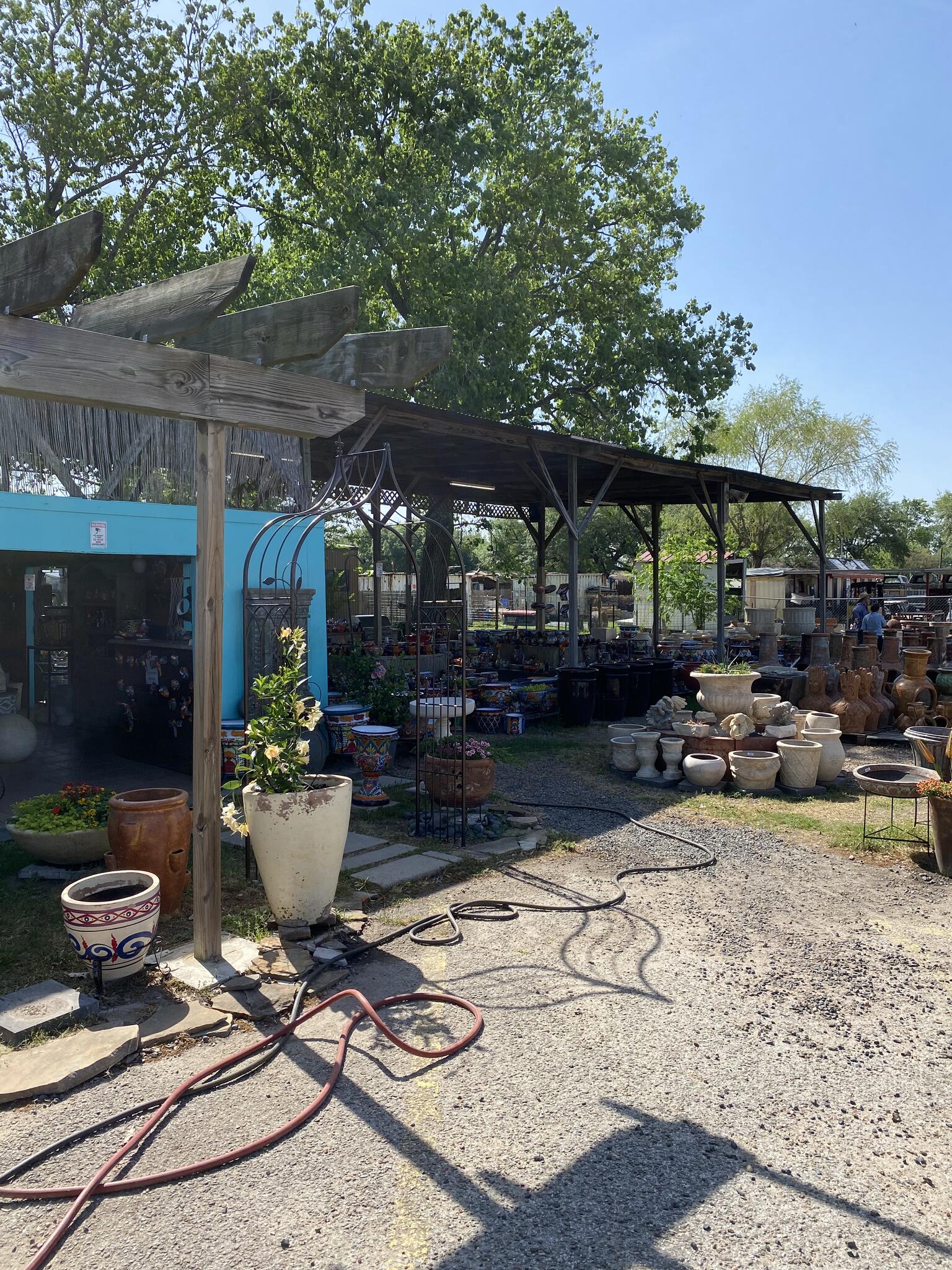What is Imported Decor?
Imported decor refers to home decor items that are sourced from different countries, celebrating diverse cultures, styles, and craftsmanship. This type of decor adds a touch of global elegance to any living space, making it truly unique.
Understanding the Allure of Imported Decor
With my own experience in home decorating, I can attest to how imported decor can transform a mundane space into something extraordinary. The textures, colors, and stories behind each piece create an inviting atmosphere that reflects personal stories and memories.
The Cultural Significance
Each imported piece carries the essence of its origin, showcasing the artistry and heritage of the craftspeople behind it. From colorful Moroccan lanterns to intricately carved Indian furniture, these items invite conversations and connections.
Types of Imported Decor
1. Textiles
Imported textiles can include everything from curtains and cushions to rugs and upholstery. They often feature vibrant colors and unique patterns that enrich the aesthetic of any room.
2. Furniture
Imported furniture pieces are typically handcrafted, showcasing intricate designs that mass-produced items cannot replicate. Think of rustic oak dining tables from Europe or elegantly designed chairs from Asia.

3. Decorative Accessories
Items like vases, wall art, and sculptures contribute to the personality of a space. Imported decorative accessories often serve as stunning focal points in home design.
Benefits of Using Imported Decor
1. Unique Styles
Many imported decor items are crafted in small batches or through traditional methods, making them more unique compared to locally mass-produced options.

2. Quality Craftsmanship
Imported decor often reflects superior craftsmanship, using durable materials that stand the test of time. An investment in quality pieces can enhance the longevity of your decor.
3. Supports Global Artisans
By choosing imported decor, you contribute to the livelihoods of artisans and craftsmen worldwide, preserving their traditional practices and supporting sustainable economies.

How to Incorporate Imported Decor into Your Home
1. Start Small
If you’re new to imported decor, consider starting with smaller items like throw pillows or decorative bowls. This allows you to experiment with styles without overwhelming your space.
2. Mix & Match
Don’t hesitate to blend imported pieces with local decor. This can create an eclectic and harmonious look that tells your personal design story.

3. Choose a Theme
Decide on a theme that resonates with you, whether it’s bohemian, minimalist, or rustic. This will help guide your purchases and create a cohesive look.
Comparison of Popular Types of Imported Decor
| Type of Decor | Origin | Characteristic Features | Pros | Cons |
|---|---|---|---|---|
| Moroccan Lanterns | Morocco | Colorful glass and metal, intricate designs | Unique atmosphere, great lighting | Can be pricey, may require special bulbs |
| Indian Carpets | India | Handwoven, vibrant patterns | Durable, aesthetic appeal | Requires care, can shed fibers |
| Scandinavian Furniture | Scandinavia | Minimalist design, functional | Timeless, high-quality materials | Less ornate, may feel cold |

Personal Experience: My Journey with Imported Decor
When I first started incorporating imported decor into my home, I felt overwhelmed by the variety of choices. However, I began with a beautiful Turkish rug that instantly transformed my living room. The colors and patterns kicked off the decor theme I wanted, making it easier to choose other elements that complemented it.
Over the years, I’ve learned to appreciate the stories behind each imported piece—like the hand-painted ceramics from Peru that remind me of my travels. Every time I walk past these decor elements, I get a sense of joy and nostalgia that mass-produced items simply cannot provide.
Pros and Cons of Imported Decor
Pros
- Unique items that stand out in your home
- Support for global artisans and fair trade
- High-quality craftsmanship
- Rich cultural stories to share

Cons
- Potentially higher costs compared to local items
- Availability issues depending on the region
- Shipping concerns for fragile items
- Maintenance requirements for some materials
FAQs about Imported Decor
What is the best way to care for imported textiles?
Always check the care label, but many imported textiles can be hand-washed or dry-cleaned. Avoid harsh detergents to preserve the color and fabric integrity.

Are imported decor items more expensive?
They can be, primarily due to the craftsmanship and materials used. However, you can find reasonably priced items if you shop wisely and consider direct purchases from artisans.
How can I verify the authenticity of imported decor?
Look for certifications or ask the seller about the origin of the product. Buying from reputable sellers or directly from artisans can help ensure authenticity.
Can I mix imported decor with modern elements?
Absolutely! Mixing styles can create an interesting and dynamic space. Just make sure to create a balance to avoid a cluttered look.